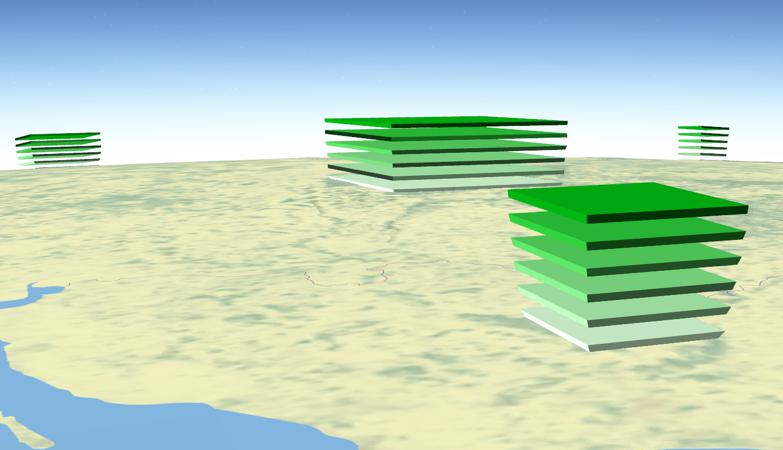Population résidante permanente en Europe

La population de l’UE est passée d’environ 407 millions de personnes en 1960 à un peu plus de 508 millions en 2015. La croissance démographique dans l’UE a été la plus forte au début de cette période des années 1960, avec une hausse moyenne généralement supérieure à 3 millions de personnes par an, enregistrant un pic à 4,2 millions en 1963. Le taux d’accroissement a considérablement diminué dans
Afficher la carte dans l’atlas
Population résidante
Mots clés: La Suisse à l’international, Société et Culture, Démographie, Démographie
Étendue spatiale: Europe
Unité temporelle: 1950 – 2020
Eléments de carte: Albanie, Algérie, Allemagne, Andorre, Arabie saoudite, Arménie, Autriche, Azerbaïdjan, Bélarus, Belgique, Bosnie-Herzégovine, Bulgarie, Chypre, Croatie, Danemark, Égypte, Espagne, Estonie, Finlande, France, Géorgie, Grèce, Groenland, Hongrie, Îles Féroé, Irak, Iran, Irlande, Islande, Israël, Italie, Jordanie, Kazakhstan, Kosovo, Lettonie, Liban, Liechtenstein, Lituanie, Luxembourg, Macédoine du Nord, Malte, Maroc, Moldavie, Monaco, Monténégro, Norvège, Pays-Bas, Pologne, Portugal, Roumanie, Royaume-Uni, Russie, Saint-Marin, Serbie, Slovaquie, Slovénie, Suède, Suisse, Syrie, Tchéquie, Territoire palestinien, Tunisie, Turquie, Ukraine
